SERVING FAMILIES ON THE MAINLINE
3 Signs You Hired The Wrong Contractor
The ideal scenario for me at the start of a new project is when a client reaches out before hiring a builder or contractor. Why? Because it gives me the ability to provide input and bring in the right partner from my network. Like most designers, I have a roster of trusted builders I work with, and I carefully match each one to the specific project based on criteria like timeline, budget, scope, and even personality.
Sometimes I know immediately that a client and a particular builder won’t mix simply because of personality differences. There’s an art to pairing the right builder with the right client — just as there’s an art to pairing myself with the right clients. That’s why I’m so selective about the projects I take on. A design project is a relationship that lasts at least nine months, often with daily communication. Both sides need to feel confident they’ve made the right choice. I want clients who are realistic, collaborative, and enjoyable to work with — and they should feel the same way about me. It’s truly a two-way street.
Over the years, I’ve learned how to spot red flags when it comes to contractors. Here’s one of the most important:
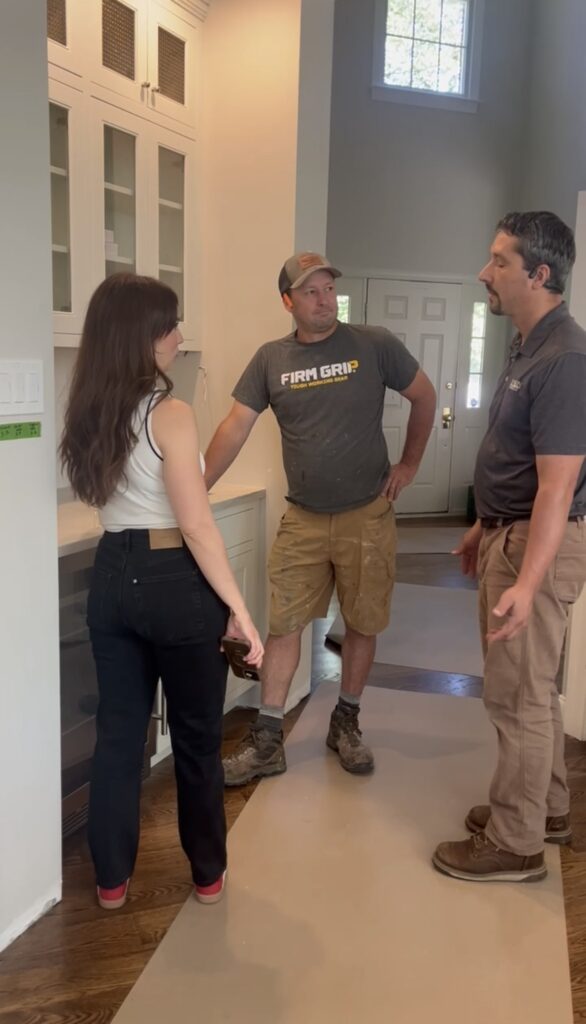
Red Flag #1: Their Price Is Significantly Lower Than Everyone Else’s
I’ve encountered builders in the past who operated on what I’d call a “low-bid, high-change-order” model. They would bid unusually low to win the job, and then nickel-and-dime the client on every tiny detail along the way.
At first glance, this might seem like a win — but in reality, it rarely worked out. Not only was the bid unrealistic, but the contract itself was written to guarantee change orders. For example, one builder would always specify “one coat of paint” in the contract. If you’ve ever painted a room, you know one coat is never enough. When the client inevitably asked for a second coat, it became a change order — and that second coat of paint was marked up by 40% or more.
So a client who thought they were paying $100,000 for a project often ended up closer to $150,000 by the time it was finished. I found this approach dishonest and unethical, and I stopped working with those builders.
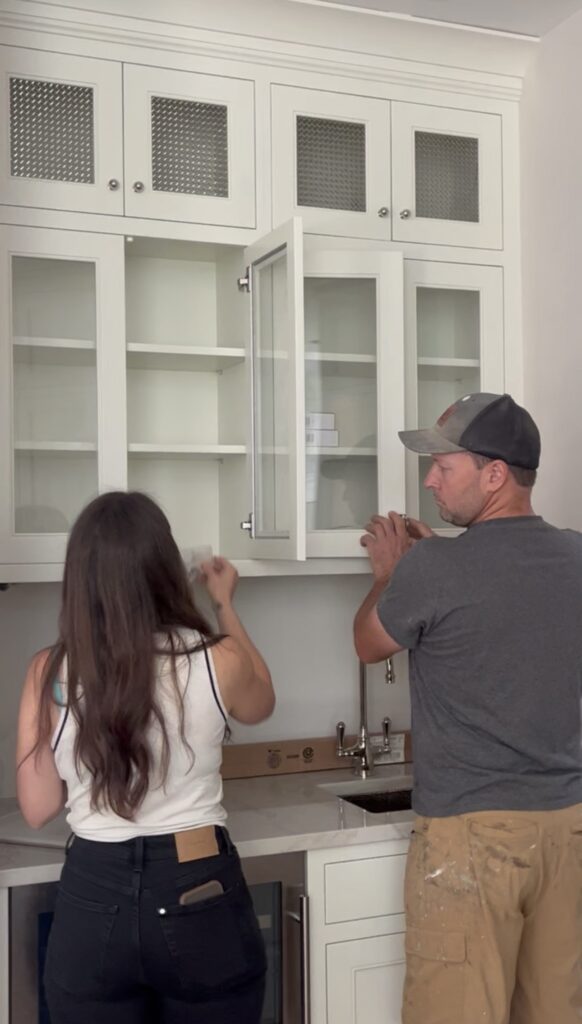
How to Spot It When You’re Interviewing Contractors
Pay close attention to the language of the contract. Is the scope clearly defined in a realistic way? For example, does it specify two coats of paint instead of one? Does it include details that align with your expectations? Pricing should be thorough and transparent, not written in a way that almost guarantees you’ll be hit with constant change orders.
Of course, unforeseen costs do happen in construction — but a clear, honest contract upfront minimizes surprises and sets you up for a smoother project.
Red Flag #2: The Contract Is Too Vague
Some contractors prefer to keep things “casual,” treating the formalities of a project as unnecessary red tape. Sometimes this comes from a lack of business professionalism, sometimes from being too busy to bother, and sometimes simply from laziness. Whatever the reason, a vague or overly informal contract puts you at risk.
Without a clearly defined agreement, you’re left with little to no protection. A contractor can request payments whenever he wants without a structured schedule. Roles and responsibilities become blurred, and the scope of work is open to interpretation. In these cases, you lose leverage if something goes wrong, because nothing concrete is outlined to hold the contractor accountable.
I’ve seen vague contracts create endless confusion — disagreements about what’s included, disputes over payment timing, and even conflicts about who is responsible for certain parts of the job. In the end, the client suffers most.
How to Protect Yourself
Always insist on a comprehensive contract before starting work. At a minimum, it should include:
A detailed project scope
Clear fee structure and payment schedule
Defined timeline and milestones
Roles and responsibilities for each party
A strong contract protects both you and your contractor. If a builder brushes it off with a “no big deal” attitude, consider that your red flag — and keep looking for someone who takes the business side of your renovation as seriously as you do.
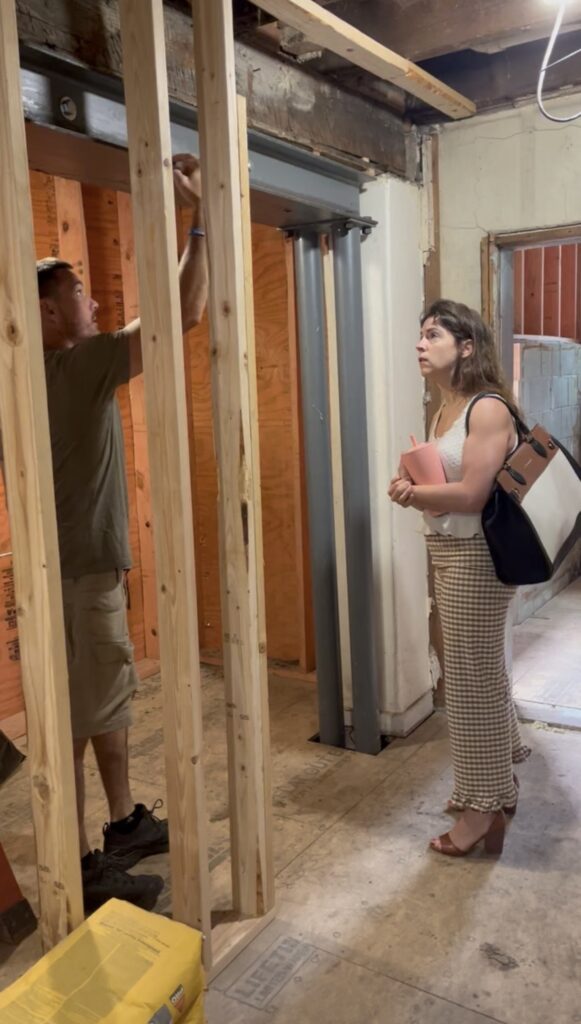
Red Flag #3 They Say “Yes” to Everything
This red flag often ties back to the issues in Red Flag One. Many contractors rely on estimators — staff members who meet with you, review the job scope, and prepare your estimate. When the estimator is seasoned and comes from a background of hands-on construction work, this can be an excellent system. A knowledgeable estimator knows what to look for and understands the complexities of building.
But sometimes, estimators are hired from office roles with little to no actual construction experience. That’s where problems arise. Writing an accurate estimate — especially for a renovation, and particularly in an older or historic home — requires careful investigation. A skilled professional will climb into the attic, check the basement, inspect soffits, review plumbing and electrical locations, and assess structural supports. Without this legwork, the estimate is nothing more than guesswork.
Why It Matters: A Real-Life Example
Imagine you have an ’80s kitchen with soffits above the cabinets, and you want them gone so your new cabinets can run to the ceiling. An inexperienced estimator breezes through and says: “No problem! That’ll be about $2,000 to remove the soffit and patch the drywall.”
But on day one, the actual tradesperson arrives and discovers the main plumbing stack for the house runs through that soffit. Suddenly, what was supposed to be a $2,000 job balloons into a $10,000 re-route because the plumbing for the entire house has to be relocated. Meanwhile, your ceiling-height cabinets are already ordered and paid for. You’re stuck.
This isn’t a minor mistake — it’s a major oversight. And it happens more often than you’d think. That’s why a contractor who says “yes” to everything without digging deeper is a liability.
Why the Higher Bidder May Actually Save You Money
A seasoned contractor with a higher bid has already factored in potential issues like hidden plumbing or structural surprises. They’ve walked the site carefully, they’ve thought through worst-case scenarios, and they’ve built realistic allowances into the estimate. They aren’t interested in nickel-and-diming you with constant change orders — they want to finish the job right the first time.
In the long run, the higher, more accurate bid usually costs less than the “too good to be true” number that balloons once work begins.
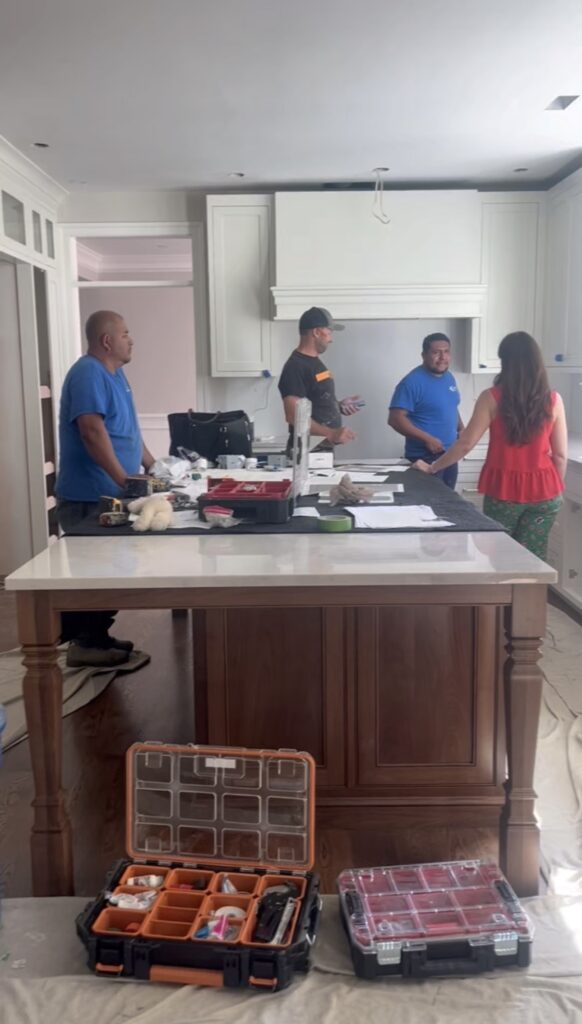
How to Protect Yourself
When interviewing contractors:
Start by checking Google reviews and reputation.
Pay attention to how thorough they are during the walkthrough.
Ask specific questions and listen carefully to how they answer.
And above all, trust your gut — if something feels off, it probably is.
Why This Matters for You
Hiring the wrong contractor can be an expensive, stressful mistake. The good news? That’s where I come in. I’ve already navigated the pitfalls of working with the wrong people. Today, I partner only with a vetted, experienced network of contractors and vendors who have proven their reliability and skill.
When I bring contractors onto a project, I hold them to the same high standards that I hold myself. The builders and trades I recommend are vetted based on:
Responsiveness — Clear, timely communication is non-negotiable.
Availability — They must be able to meet the project’s timeline without stretching themselves too thin.
Craftsmanship — Every detail matters. I only work with contractors whose work reflects excellence and precision.
Professionalism — Respect for the client, the home, and the process is essential.
Experience — A proven track record and the wisdom that comes with it ensures problems are solved before they ever arise.
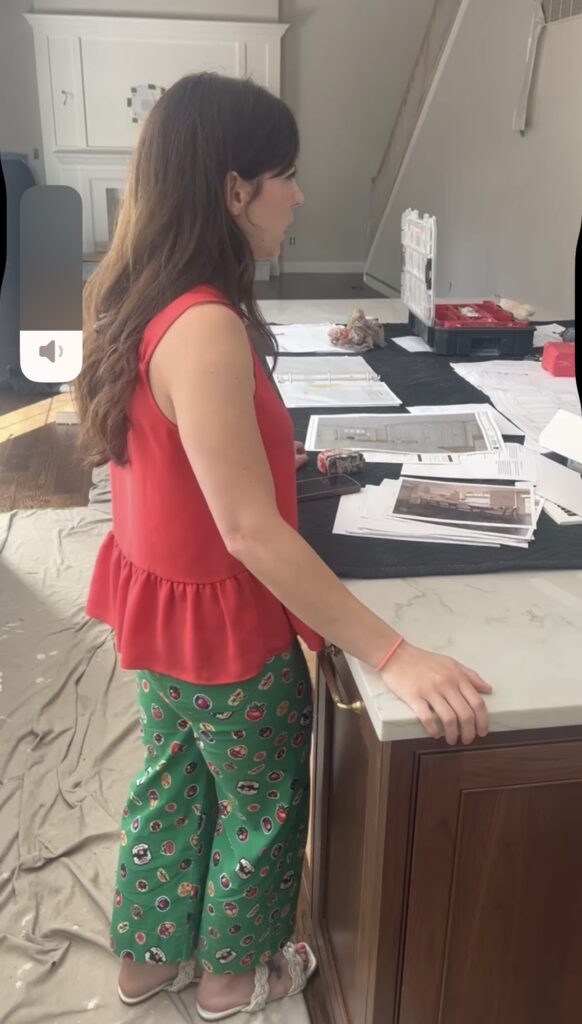
By holding fast to these criteria, I ensure that the teams I assemble are not only skilled but also aligned with the level of service my clients expect.
This is one of the many reasons why going into a renovation with a designer by your side is invaluable. I’ve done the hard work of vetting, so you don’t have to.
If you’re interviewing contractors and you feel uneasy or have questions, feel free to reach out to me via instagram DM (the best way to reach me). I am always happy to lend a helping hand in the name of God!
Leave a Reply Cancel reply
design diary
contact
home
portfolio
©2025 little green house interior co | site credit Karima Creative | copy credit black diamond copy co